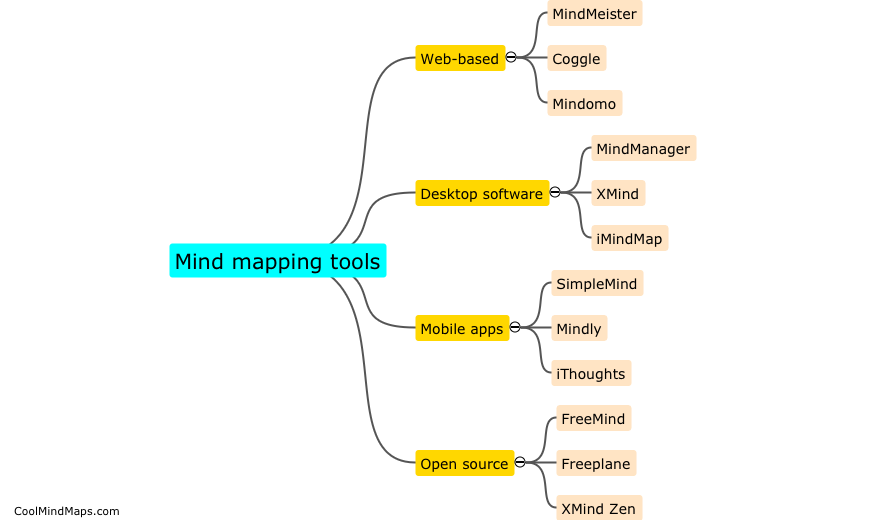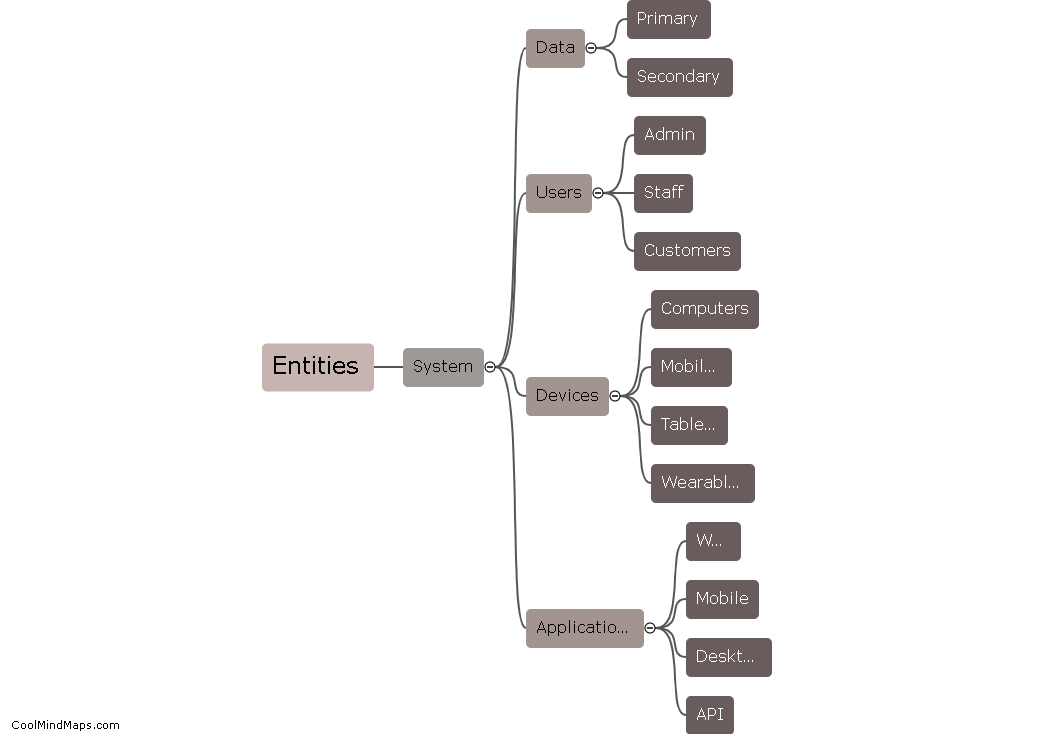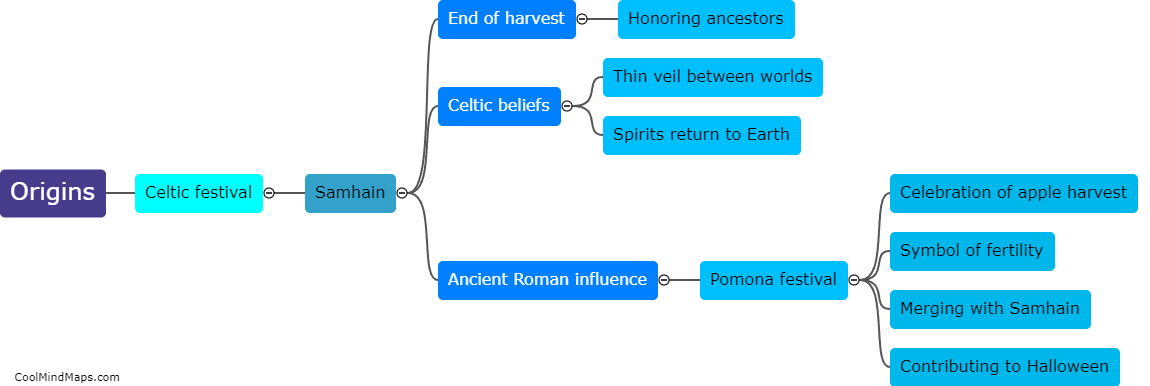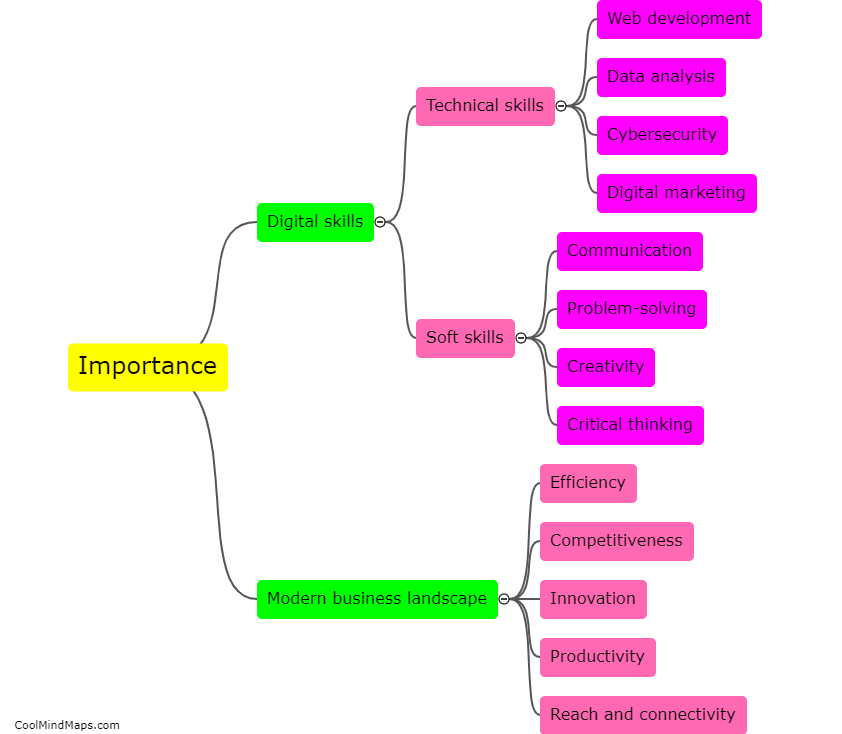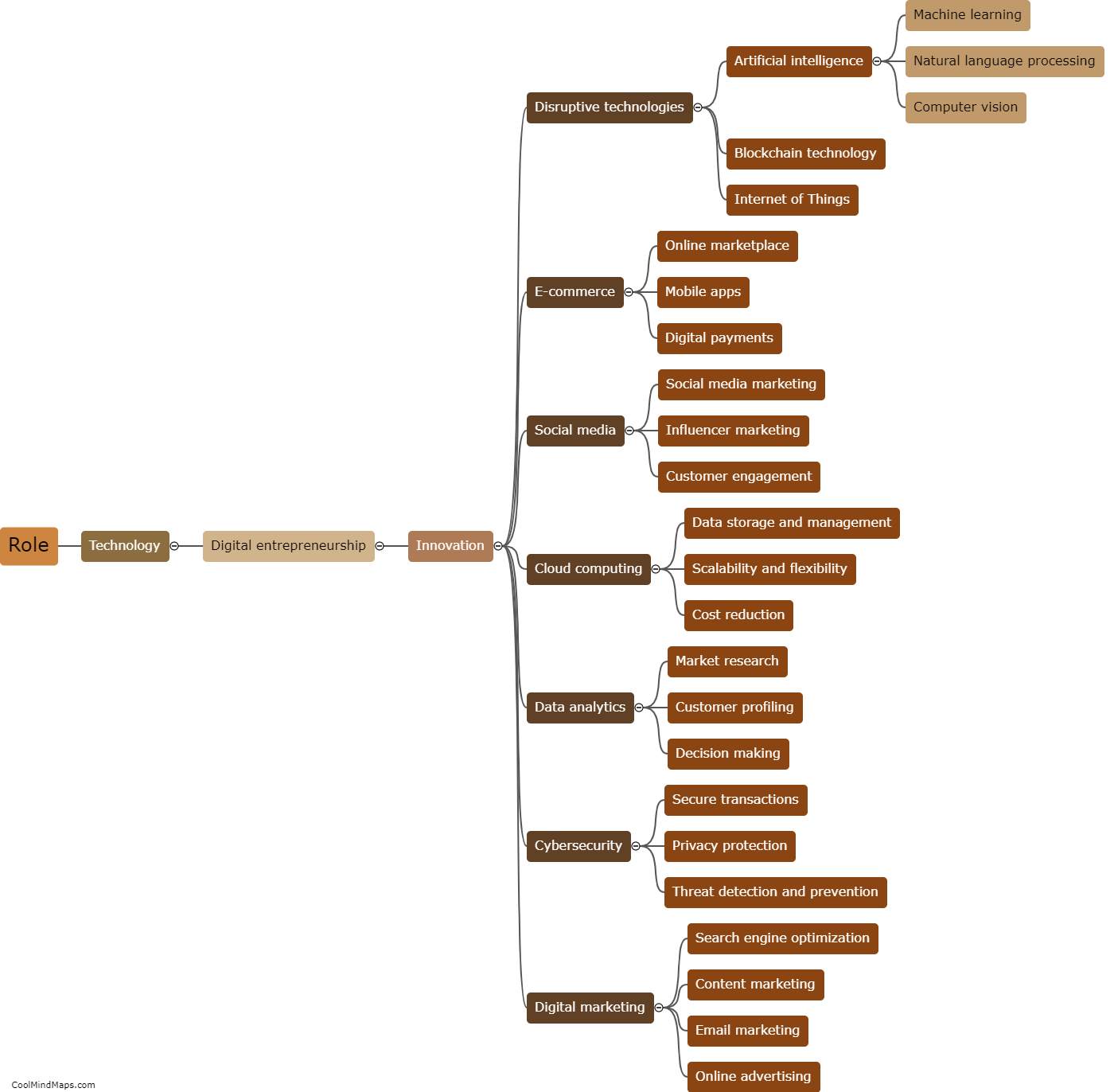How do micro frontends differ from monolithic architectures?
Micro frontends and monolithic architectures are two approaches to structuring and building web applications with different sets of principles and trade-offs. In a monolithic architecture, the entire application is developed and deployed as a single unit. This means all the front-end components, such as UI, business logic, and data access layers, are tightly coupled and run in the same process. On the other hand, micro frontends follow the microservices pattern, where the application is divided into small, independent, and self-contained front-end modules. Each micro frontend encapsulates a specific feature or user interface and can be built and deployed independently. This enables teams to work on different parts of the application in isolation, and they can choose different technologies or frameworks for each micro frontend. The main advantage of micro frontends is increased flexibility, maintainability, and scalability, as changes made to one micro frontend do not affect the others. However, it also adds complexity in terms of deployment, communication between micro frontends, and can lead to performance issues if not managed properly. Overall, micro frontends provide a modular approach to front-end development, while monolithic architectures offer simplicity and easier initial setup.
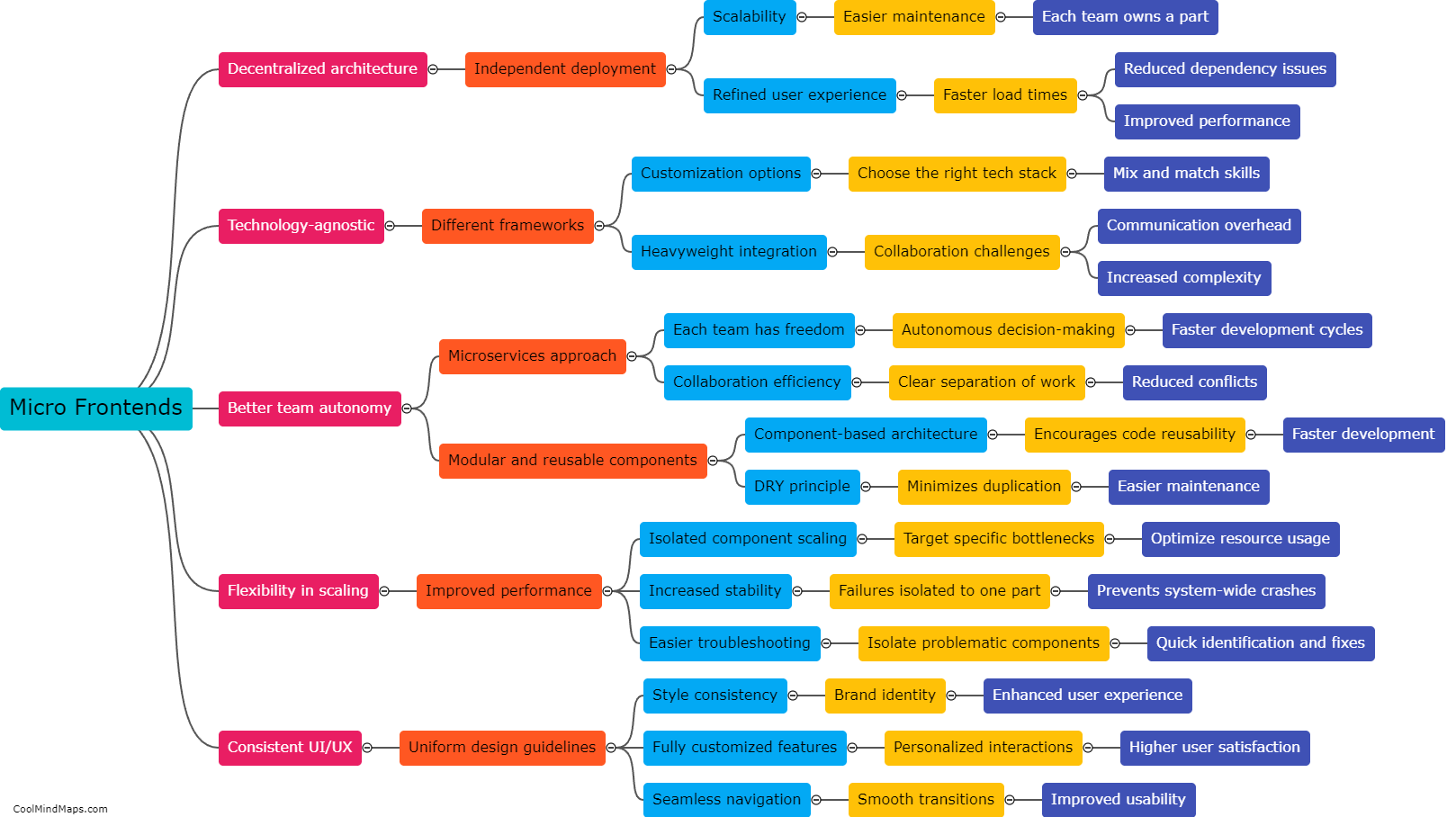
This mind map was published on 8 November 2023 and has been viewed 86 times.

